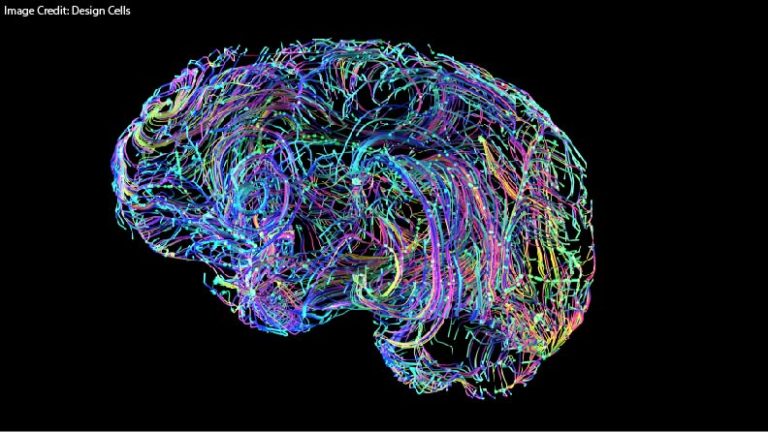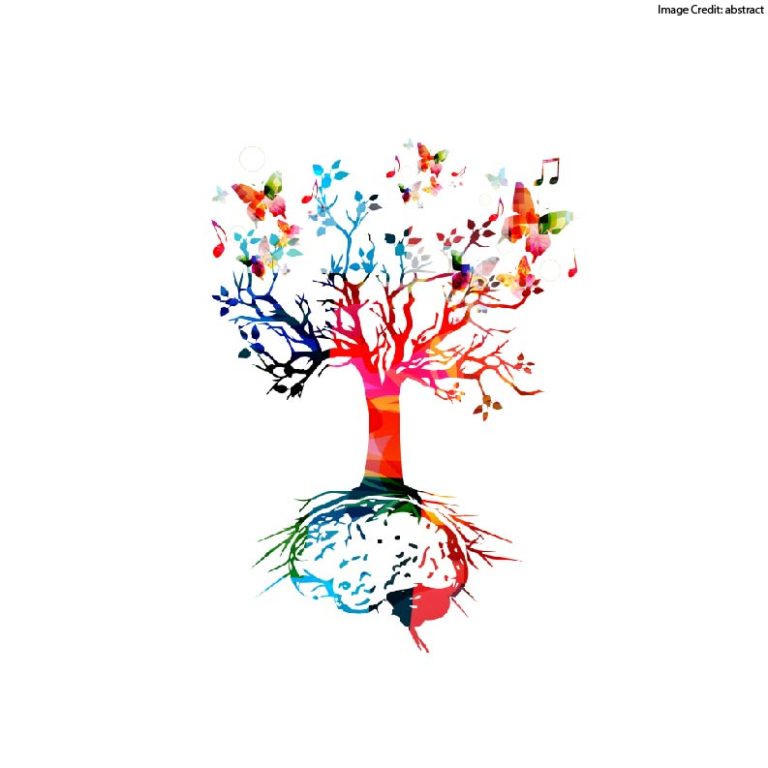Tags
ADHD adolescence attention autism book review boundary conditions classroom advice conference speakers constructivism/direct instruction creativity desirable difficulty development dual coding elementary school embodied cognition emotion evolution exercise experts and novices gender high school homework intelligence long-term memory math methodology middle school mind-wandering mindfulness Mindset motivation neuromyths neuroscience online learning parents psychology reading retrieval practice self-control skepticism sleep STEM stress technology working memoryRecent Comments
- How to Present at a Conference... |Education & Teacher Conferences on Enjoyment or Skill? The Case of Reading
- How to Present at a Conference... |Education & Teacher Conferences on Do *Goals* Motivate Students? How about *Feedback*?
- Roberta on Seriously: What Motivates Teachers to Be Funny?
- Revisiting the "Handwriting vs. Laptops" Debate: More Moving Goalposts |Education & Teacher Conferences on Handwritten Notes or Laptop Notes: A Skeptic Converted?
- The Power Of A Growth Mindset: How Students Can Overcome Challenges - Sunshine Blessings on The Rise and Fall and Rise of Growth Mindset
ABOUT THE BLOG

Understanding Adolescents: Emotion, Reason, and the Brain
Kurt Fischer — who helped create Learning and the Brain, and the entire field of…

Let’s Get Practical: Signaling a Growth Mindset
Most teachers know about Mindset Theory: the idea that students’ beliefs about intelligence shape their success…

Good Anxiety: Harnessing the Power of the Most Misunderstood Emotion...
Good Anxiety: Harnessing the Power of the Most Misunderstood Emotion takes a refreshing look at…

How Do Experts Think?
Perhaps you’ve heard the saying: “To a hammer, everything looks like a nail.” It means,…

Teachers’ Gestures Can Help Students Learn
Over the years, I’ve written about the importance of “embodied cognition.” In other words: we…
